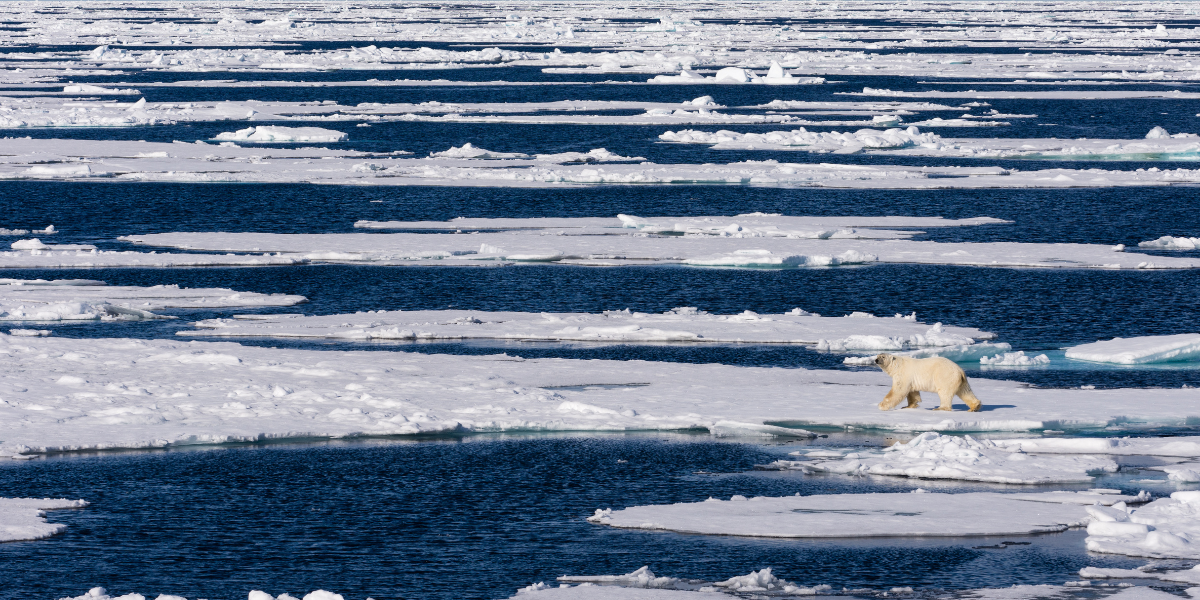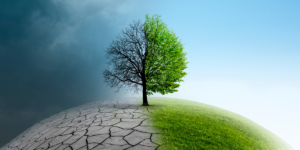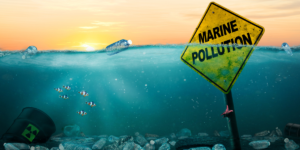Beyond the Ice: Examining the Effects of Changing Sea Ice on Polar Bears, Seals, and the Fragile Arctic Environment
You are a curious and concerned individual who cares about the fate of our planet’s polar ecosystems. You may have heard about the alarming rate at which sea ice is melting, but you might not be aware of its profound impact on polar bears, seals, and the entire ecosystem they inhabit.
In this article, we will explore how changes in sea ice affect these fascinating species and their fragile environment. Sea ice plays a critical role in polar ecosystems as it provides a platform for hunting, resting, mating, and raising offspring for many Arctic species. As temperatures rise due to climate change, this valuable resource is rapidly disappearing.
The loss of sea ice has severe consequences for polar bears and seals that rely on it for survival. But the impact doesn’t stop there – changes in sea ice can also lead to a chain reaction affecting other organisms within the ecosystem. In this article, we’ll delve into how these changes are putting an incredible amount of pressure on these animals’ habitats and what conservation efforts are being made to protect them from further harm.
Key Takeaways
- Sea ice plays a vital role in supporting polar ecosystems and species like polar bears and seals
- Loss of sea ice has severe consequences for polar bears and seals, affecting their hunting and breeding patterns and making them more vulnerable to food shortages and disease
- Changes in sea ice can have cascading effects on the entire polar ecosystem, impacting every level of the food chain and altering the salinity levels of marine ecosystems
- Community engagement and policy implications are necessary for protecting polar ecosystems in the long term.
The Importance of Sea Ice for Polar Ecosystems
You’ll be amazed at how important sea ice is for polar ecosystems! Without it, many species like polar bears and seals would struggle to survive. Sea ice provides a platform for hunting, breeding, and resting that is essential for these animals to maintain their populations.
The Arctic food web relies heavily on the sea ice ecology as it supports plankton blooms which in turn provide nutrients for fish, birds, and mammals.
Sea ice also plays an important role in regulating global climate by reflecting sunlight back into space. As sea ice melts due to rising temperatures from climate change, less sunlight is reflected leading to more warming of the oceans and atmosphere. This feedback loop can have harmful consequences not only for polar ecosystems but also for the entire planet.
Understanding the importance of sea ice in polar ecosystems highlights the need to address climate change through reducing greenhouse gas emissions and protecting vulnerable habitats.
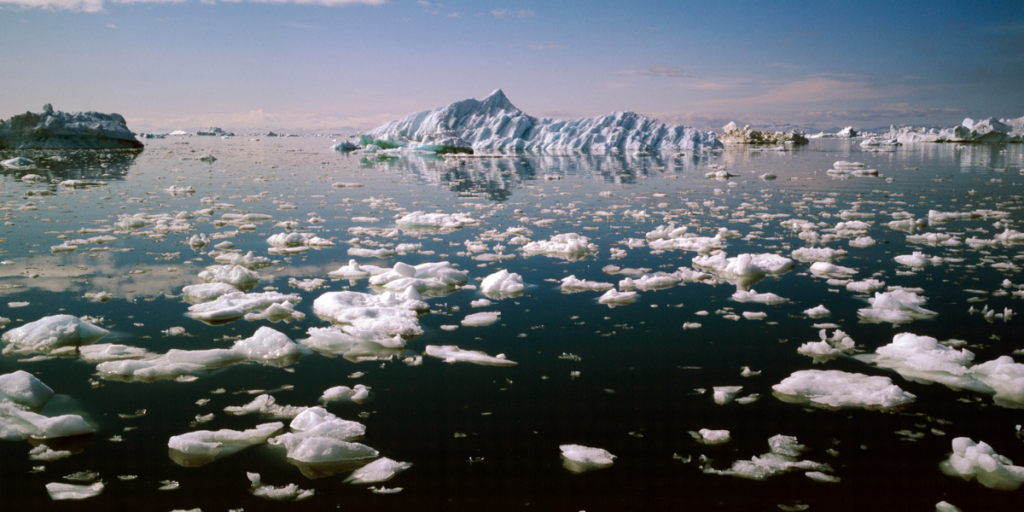
The Impact of Sea Ice Loss on Polar Bears
The dwindling ice cover has made it increasingly challenging for pregnant polar bears to build a maternity den, which is crucial for the survival of their cubs. In 2018, a study found that due to sea ice loss, the number of maternal dens built by pregnant polar bears in Alaska’s Southern Beaufort Sea region declined by 45%.
This decline can be attributed to the fact that polar bears rely on stable sea ice as a platform to hunt for food and prepare for breeding behavior. Without stable sea ice, these animals are forced to swim long distances in search of prey or resort to scavenging on carrion.
Moreover, with less access to food sources due to melting sea ice, polar bear populations are becoming more vulnerable. Researchers have observed that some polar bears are losing weight at an alarming rate during summer months when they would typically gain weight in preparation for winter.
The impact of this trend can easily trickle down through the rest of the ecosystem since many other species such as seals depend on these top predators as part of their food chain. Thus, it’s critical that we take measures now before irreversible damage occurs not only for these specific species but also for our planet as a whole.
The Impact of Sea Ice Loss on Seals
When it comes to the impact of sea ice loss on seals, there are three key points to focus on:
- Seals face significant obstacles when it comes to breeding in areas where sea ice is rapidly disappearing.
- Survival rates have also been negatively impacted due to changes in food availability and predation patterns.
- These factors combined have led to a concerning decline in seal populations across the Arctic.
Overall, the loss of sea ice has created challenges for seals in terms of both breeding and survival. As a result, their populations have been on the decline.
Breeding Challenges for Seals
Seals face tough breeding conditions due to changes in sea ice caused by global warming. The timing and location of sea ice formation heavily influence the mating habits of seals, as well as their access to food sources during gestation and lactation.
With the Arctic sea ice melting at an unprecedented rate, female seals are forced to travel greater distances from their traditional breeding grounds to find suitable areas for birthing and nursing their young. This change in habitat can lead to a decrease in breeding success rates for seals, as they may struggle to find adequate resources or face increased predation risks from polar bears or other predators.
Additionally, warmer water temperatures can cause an influx of parasites and disease that affect the health of seal populations. These environmental factors highlight the importance of understanding how climate change impacts ecosystems and species like seals, so that conservation efforts can be implemented before it’s too late.
- Seals rely on stable sea ice formations for successful breeding.
- Changes in sea ice location force females to travel further distances.
- Limited access to food sources during gestation and lactation affects offspring survival rates.
- Warmer water temperatures increase the risk of disease and parasites.
- Understanding environmental impacts on species like seals is crucial for effective conservation efforts.
Survival Rates and Population Decline
You may be interested to know that survival rates for polar bears and seals have been declining in recent years, posing a threat to their overall population dynamics. Changes in sea ice cover, which is the main habitat for these species, have forced them to adapt to new conditions that are not always favorable.
For example, reduced sea ice extent and thickness has made it harder for seals to find suitable breeding grounds and food sources. This has led to lower reproduction rates and higher mortality rates among pups, which make up a significant portion of their population.
Similarly, polar bears have seen their hunting patterns disrupted by changes in sea ice conditions. With less time on the ice pack during the hunting season, they are unable to store enough fat reserves needed for survival during the rest of the year. This results in more frequent encounters with humans as they search for alternative food sources such as garbage dumps or human settlements.
All these factors combined have contributed to a decline in both polar bear and seal populations across the Arctic region. As we continue to witness further reductions in sea ice cover due to climate change, it’s crucial that we take action now before it’s too late for these charismatic marine mammals.
The Ripple Effect on the Entire Ecosystem
The dwindling sea ice has a profound impact on the entire polar ecosystem, causing a cascade of effects that reverberate through every level of the food chain. Ecosystem dynamics are thrown off balance as a result of changes in trophic interactions, leading to unpredictable consequences for species like polar bears and seals.
At the base of the food chain, microscopic plants and animals that live in or near sea ice rely on this structure for survival. As sea ice melts earlier in the year and forms later in the winter due to climate change, these organisms have less time to grow and reproduce. This means less food is available for herbivorous zooplankton, which are eaten by larger animals like fish and whales. With fewer prey items available, apex predators such as polar bears must either adapt their diets or risk starvation.
Additionally, melting sea ice can lead to increased freshwater runoff into marine ecosystems, altering salinity levels and potentially harming species adapted to specific water conditions. Overall, changes in sea ice have far-reaching impacts on Arctic ecosystems beyond just polar bears and seals.
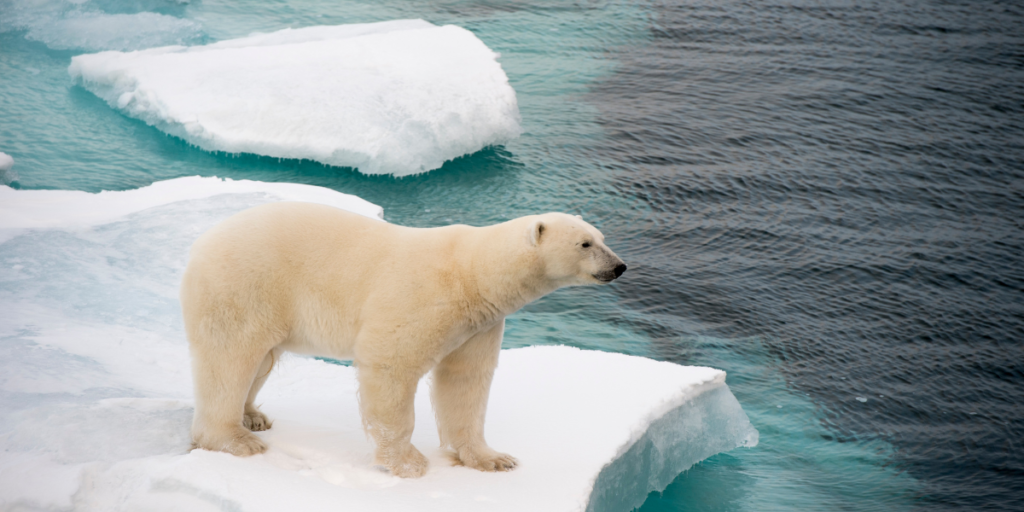
Conservation Efforts to Protect Polar Ecosystems
Now that we’ve explored the ripple effect of changes in sea ice on the entire ecosystem, let’s take a closer look at conservation efforts to protect polar ecosystems.
It’s crucial to note that while individual action can make a difference, community engagement and policy implications are necessary for long-term change.
Community engagement plays a critical role in protecting polar ecosystems. From educating individuals about sustainable practices to encouraging participation in beach cleanups and wildlife monitoring programs, community involvement is essential.
Additionally, policymakers must enact regulations that prioritize environmental protection over economic gain. This includes limiting greenhouse gas emissions, establishing marine protected areas, and stricter enforcement of hunting and fishing regulations.
By working together, we can ensure the preservation of these fragile ecosystems for future generations.
Frequently Asked Questions
How does sea ice loss affect the migration patterns of polar species?
Sea ice loss disrupts polar species’ migration patterns, leading to climate adaptation and habitat displacement. Data shows that polar bears and seals are particularly affected by shrinking sea ice, threatening their survival.
What is the long-term impact of sea ice loss on the food chain in polar ecosystems?
You may believe sea ice loss only affects polar bears and seals, but ecological consequences go much deeper. Trophic interactions are disrupted as entire food chains are affected by disappearing ice. This threatens the survival of many species, including humans.
How do changes in sea ice affect the reproductive success of polar bears and seals?
To understand the impact of sea ice changes on polar bear and seal reproductive success, breeding habits and survival rates need to be examined. Climate adaptation and genetic diversity are key factors in maintaining healthy populations.
What role do humans play in the loss of sea ice in the polar regions?
You are responsible for the anthropogenic impact on the loss of sea ice in the polar regions. Policy solutions, such as reducing carbon emissions and implementing sustainable practices, can help mitigate this issue.
Are there any potential solutions to mitigate the effects of sea ice loss on polar ecosystems?
To mitigate the effects of sea ice loss on polar ecosystems, adaptation strategies and technological innovations are essential. From developing heat-resistant crops to creating new energy sources, humanity can work towards mitigating climate change and preserving polar habitats.
Conclusion
You now understand the crucial role that sea ice plays in polar ecosystems. Like a delicate web, each species relies on one another for survival.
The loss of sea ice has had devastating effects on polar bears and seals, who depend on it for hunting and breeding grounds. The ripple effect of sea ice loss extends beyond these charismatic megafauna to impact the entire ecosystem.
It’s imperative that we take action to protect polar ecosystems by reducing carbon emissions and supporting conservation efforts. As you think about the future of our planet, remember that the fate of polar bears and other arctic animals is inextricably linked to our own.
Let’s work together to ensure a sustainable future for all species, both big and small.

